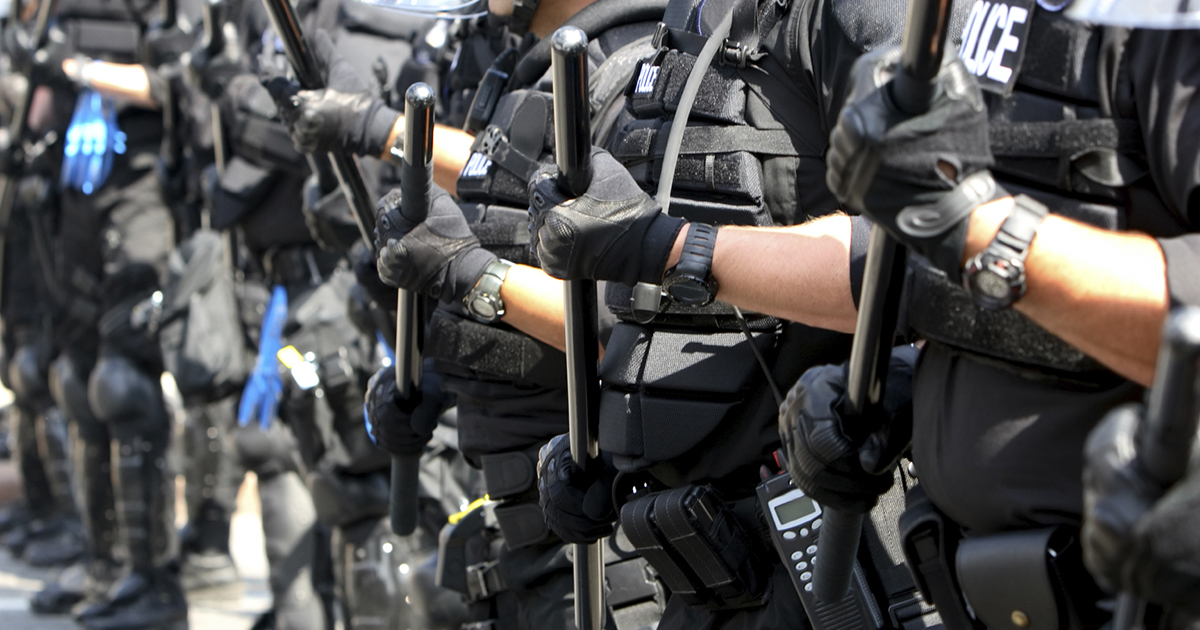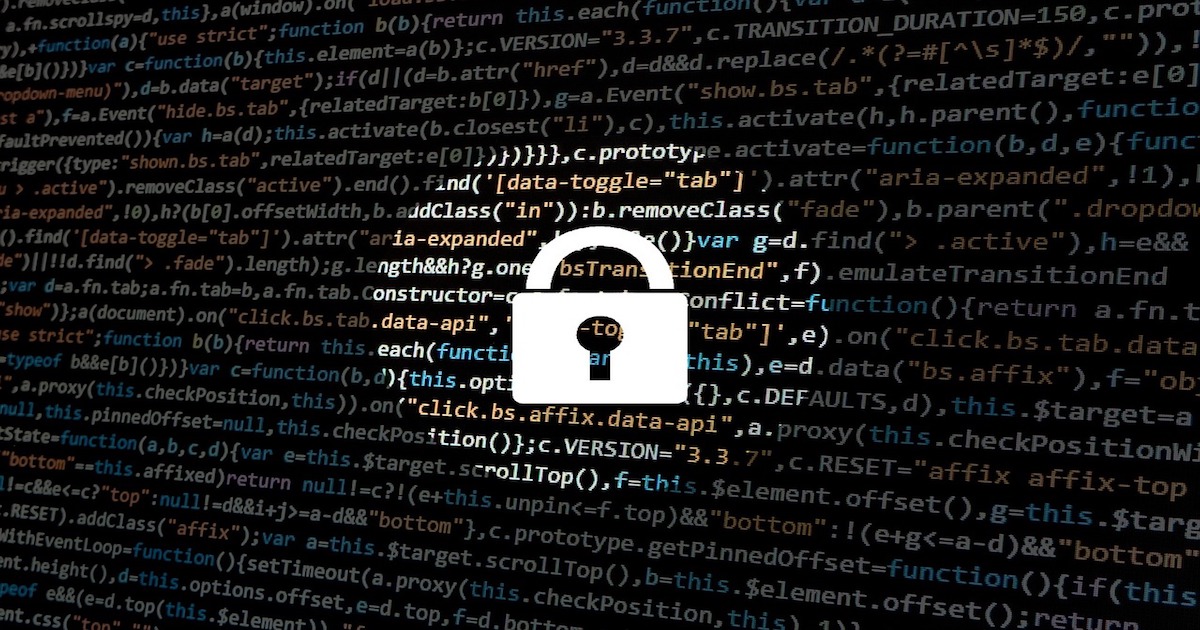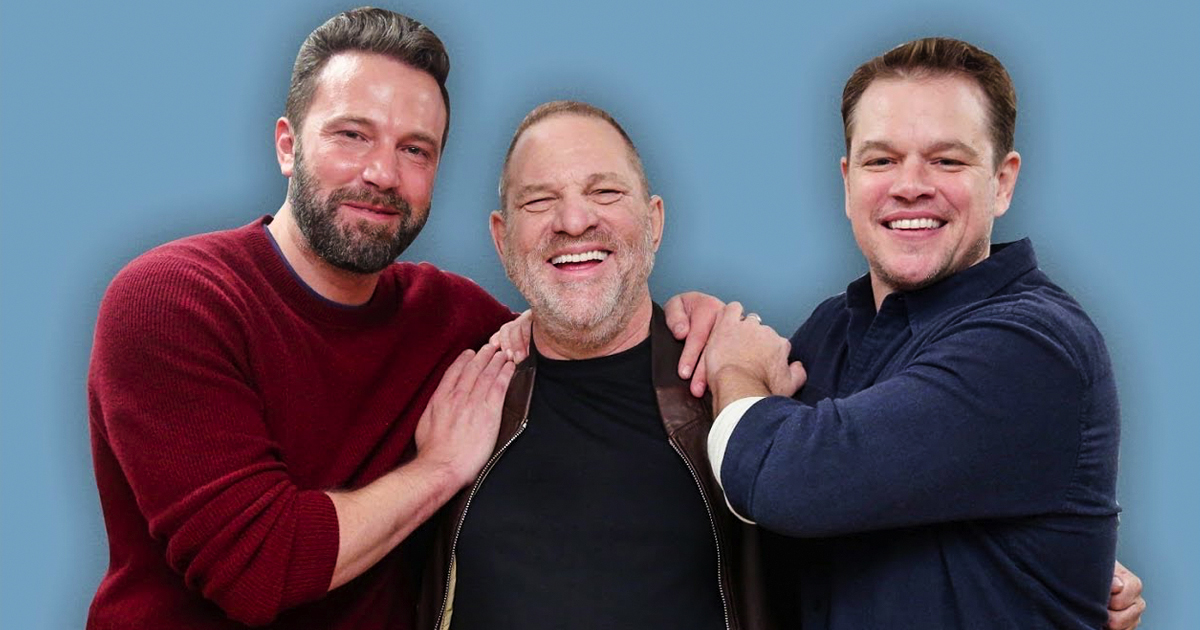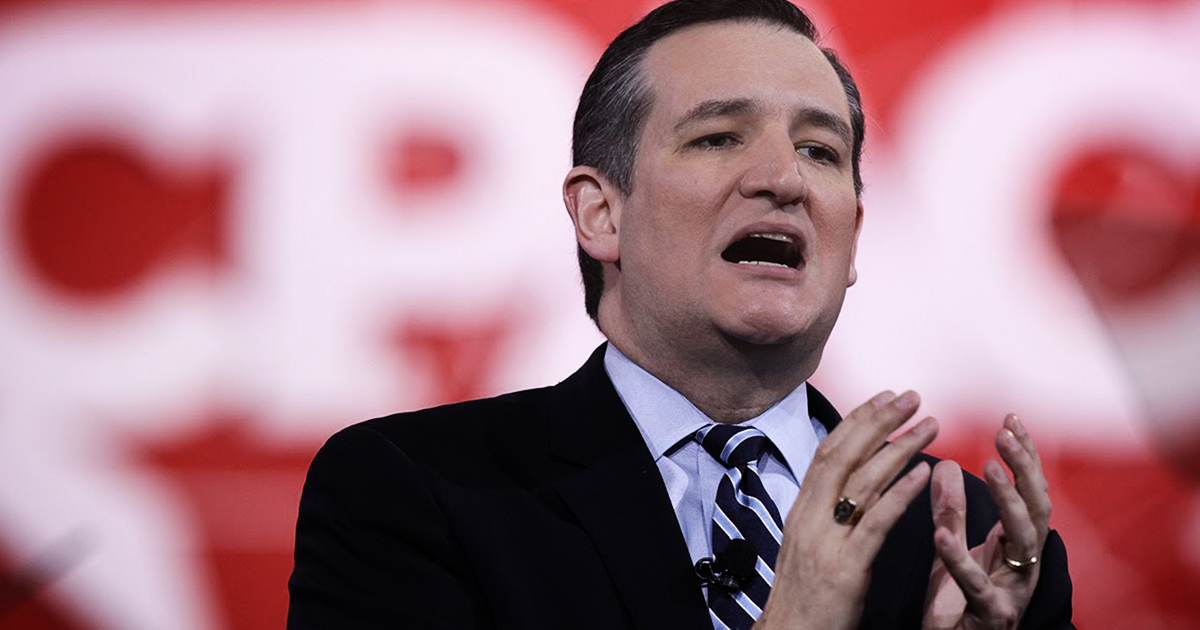Most municipal law enforcement officers are dedicated professionals who take their oath “To Serve and Protect” quite seriously. However, because of a number of highly visible, public incidents over the past few years involving a few “bad apples,” the general public now feels – quite understandably – that the entire police profession has declared all-out war on the very people they’re supposed to be serving and protecting.
It should be noted that police brutality is hardly a new phenomenon. The term was first used in a Chicago Tribune story dated October 12th, 1873, reporting on an incident in which a police officer by the name of Uhlich beat a suspect nearly to death while in custody. Arguably, the history of police brutality and misconduct is as old as the institution of municipal policing itself, which dates back to 17th-Century France.
Modern police departments were established in most nations by the 1800s – and police brutality was part of those institutions from the beginning. In Street Justice: A History of Police Violence in New York City (Beacon Press, 2004), author and historian Marilynn S. Johnson writes that “the routine bludgeoning of citizens by patrolmen armed with nightsticks or blackjacks” has been frequent as long as the profession of modern law enforcement has existed. As tools of Corporate America, policemen were involved in the violent and often deadly suppression of labor strikes from the 1870s well into the 1930s.
It is small wonder that over the decades, the police have come to be perceived as oppressors – particularly by those in society who have been marginalized, such as people of color, youth and the impoverished.
While police brutality and misconduct has been with us for centuries (and in many ways, has been far worse in the past), a few things have changed over the past generation. One of those things is public awareness. This is due largely to the availability of recording technology. Case in point: the Rodney King beating. March 3, 1991, was a watershed moment in the history of police brutality. It was on that night that a passerby, carrying a camcorder, filmed a number of Los Angeles police officers beating, kicking and tasering King, who had been pulled over on suspicion of driving under the influence after a high-speed chase.
That video recording brought the issue of police brutality into the public spotlight, and started the process of leveling the playing field. Prior to the Rodney King incident, cases of police brutality were difficult to prove; it was based on the word of the suspect against that of the officer in question. Since the early 1990s, personal recording technology has become smaller, more efficient and much lower in cost. As a result, there has been a tremendous rise in public awareness – and a corresponding increase in the number of incidents being investigated.
Despite this, the disturbing fact remains that many officers who have been recorded on video beating, shooting, and killing unarmed suspects are never prosecuted and are never terminated from their jobs. In some cases, they’re even promoted. Even when abusive officers are charged with the use of excessive force and improper conduct, all too often they are given light penalties for the sake of “making an example.” Much of the time, these cases are simply swept under the rug or the incident is “spun” into something other than what it was. An example of this was recently reported on Salon.com.
And indeed, a disproportionate number of these crimes on the part of policemen have been perpetrated on those who are among the most vulnerable and have the least power in society – African-Americans, young people, the disabled and the poor and homeless. This is certainly the case in thirty incidents of police brutality that were the subject of a recent report published on Brainz.org.
There is more to the equation, not the least of which is the increasing militarization of civilian police departments. The process of supplying civilian police departments with military equipment (such as assault and semi-automatic firearms and grenade launchers) and training in military tactics (including the gathering of intelligence) has been ongoing throughout the 20th Century, since they started facing organized crime in the 1920s and 30s.
However, that process has been accelerating since the urban race riots of the 1950s and 60s. Proponents of law enforcement claim that equipping officers with military-grade hardware and training increases their protection and allows them to better protect citizens. However, this has raised serious concerns with the left-leaning American Civil Liberties Union and the right-wing Cato Institute, as well as legislators across the political spectrum. Earlier this year, in the wake of the protests in Ferguson, Missouri, the Obama Administration announced that the federal government would no longer provide military equipment to civilian police. At that time, President Obama said:
Militarized gear can sometimes give people the feeling like there’s an occupying force – as opposed to a force that’s part of the community that’s protecting them and serving them…[it] can alienate and intimidate residents and make them feel scared.
The evidence shows this to indeed be the case – and in tense situations in which officers feel their lives threatened, the temptation to misuse such equipment and training must be overwhelming.
There is yet one more piece to the puzzle – and that is the abuse of anabolic steroids among police officers. These are used to increase muscle mass, physical strength and endurance. However, they also have psychological effects, causing those who take them to become paranoid, irrational and prone to violence. It is a problem that the FBI has recognized for almost 25 years, when an article in Law Enforcement Bulletin No. 60 reported that “Anabolic steroid abuse by police officers is a serious problem that merits greater awareness by departments across the country.”
While abusive police officers make up a minority of those in the profession, they still represent a serious threat to the public. It is an issue that warrants more public attention and requires more action from lawmakers and law enforcers alike.





